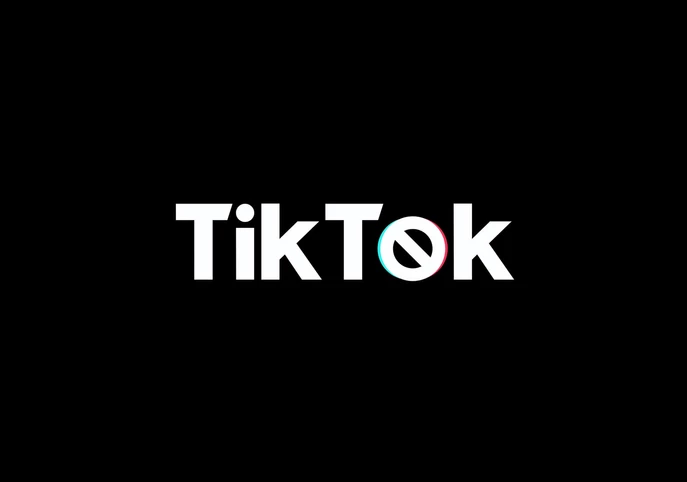Is Trump banning TikTok? Is Microsoft buying the app? Here’s the most recent news on the TikTok front, and how brands and advertisers will likely be affected.
Concern over Chinese-owned TikTok’s privacy policies grew in late June, when the new iOS14 update revealed that the app has access to users’ clipboards. Since then, President Trump has announced that he would like to ban the popular social sharing app due to threats to US data privacy from Chinese surveillance.
Latest News
“As far as TikTok is concerned, we’re banning them from the United States,” Trump said on Friday, July 31st, announcing that he would be banning the app via executive order as soon as Saturday, August 1st.
However, August 1st came and went with no executive order regarding the app. Instead, Microsoft, an American tech company, announced that it was in talks to purchase US operations of the app on Sunday, August 2, adding TikTok to a portfolio of social platforms that includes Skype and LinkedIn.
Regardless of whether or not there is an official ban, another question remains: will American ownership alleviate users’ worries over their data privacy? CDA conducted a survey with TikTok users over the weekend which found the majority (66.1%) of the app’s user base would not feel more comfortable if the app were owned by an American company.
As of August 4th, 2020, Microsoft CEO Satya Nadella has convinced Trump to allow 45 days for TikTok and Microsoft to come to an acquisition agreement. This means a decision must be made by September 15, 2020 but Trump wants Microsoft to pay the US Treasury a cut of the deal.
How Would a Tiktok Ban/Purchase Impact Brands?
Having only recently launched its TikTok for Business site and self-serve ad platform earlier this summer, only large brands like Walmart, Ralph Lauren, Chipotle, and Kind have found homes on the platform.
Smaller brands have yet to get a foothold in the app, meaning a minimal loss to them as a channel to Gen Z.
The biggest impact of the ban will be on the current influencers on the app. As a user-generated content platform, marketers had access to about 70 million U.S. monthly active users (MAUs). For comparison, Facebook offers the potential to reach 223 million U.S. MAUs.
India’s TikTok ban (enacted early July after privacy concerns) wreaked havoc on the influencer marketing industry. Creators there say that TikTok alternatives, such as Reels (which had piloted in the country ahead of the US), don’t have the same educational features as TikTok, which can lead to lower engagement. That, coupled with the loss of a direct thread to a teen-heavy audience, has forced some Indian influencers to rethink their strategies for new platforms. An American ban would likely follow the same trajectory.
TikTok and rivals like Reels understand that this will be a conflict over compensation for creating on their respective apps. The TikTok Creator Fund as well as Instagram’s reported Reels payment offers signal that the platforms understand this battle will be won with money.
Bottom line: While a ban looks less likely right now, TikTok’s lost potential—rather than its immediate cost—would represent the ban’s biggest impact on U.S. marketers.
Are There Alternatives to TikTok?
Alternatives to TikTok have been making headlines ever since the ban was proposed late June 2020. Here’s a list of some current contenders that brands and influencers are considering turning to, should the app be banned.

Snapchat
The American-owned short-form video social sharing app has upped attempts to score brand dollars in a new B2B Campaign. With the new “Meet the Snapchat Generation,” Snapchat is positioning the app as a social and dynamic platform for Gen Z users similar to TikTok.
As of January 2020, the app has 101 million US users, and 67 million UK daily active Snapchat users were recorded in Q4 of 2019. The app has also been one of the pioneering short-form video apps in the US, but focuses more on one-on-one video and photo sharing rather than the open platform that TikTok is.
Snapchat’s advertising platform has been around for years, launching its first ad in October 2014. The biggest consideration for advertising on the platform is that the nature of its videos only appear for 24 hours, making placements hyper time sensitive.
Instagram Reels
After piloting in India, Brazil, France, and Germany, Facebook has announced that its TikTok rival will launch in the United States early-August 2020. To be an added feature within the existing Instagram app, Reels will attempt to fill the appetite for edited short-form video content that TikTok started.
Copying many features from the China-based app as well as American-owned Snapchat, Reels is expecting to become a big competitor for TikTok (which has outperformed all American social media apps).

Image Courtesy of Business Insider
New apps also rose to the top of the US charts on the Apple App Store as news of the potential ban grew, as pointed out by Gen Z Expert Tiffany Zhong.

Triller
Triller brings in about 64 million active users a month, with a total of 130 million all-time downloads. Though far shy of TikTok’s 2 billion global downloads, the app is gaining traction after a recent partnership with Snapchat in March, 2020.
Byte
This American-made app created by the co-founder of Vine made its rise up the US charts after the potential TikTok ban was announced with a whopping 622,000 downloads in two days.
Though similar in that it allows looping short form videos, Byte has a limit of 6 second videos (TikTok allows 15-60 seconds in length) and does not have the same degree of established cultural relevance at this point in time.
